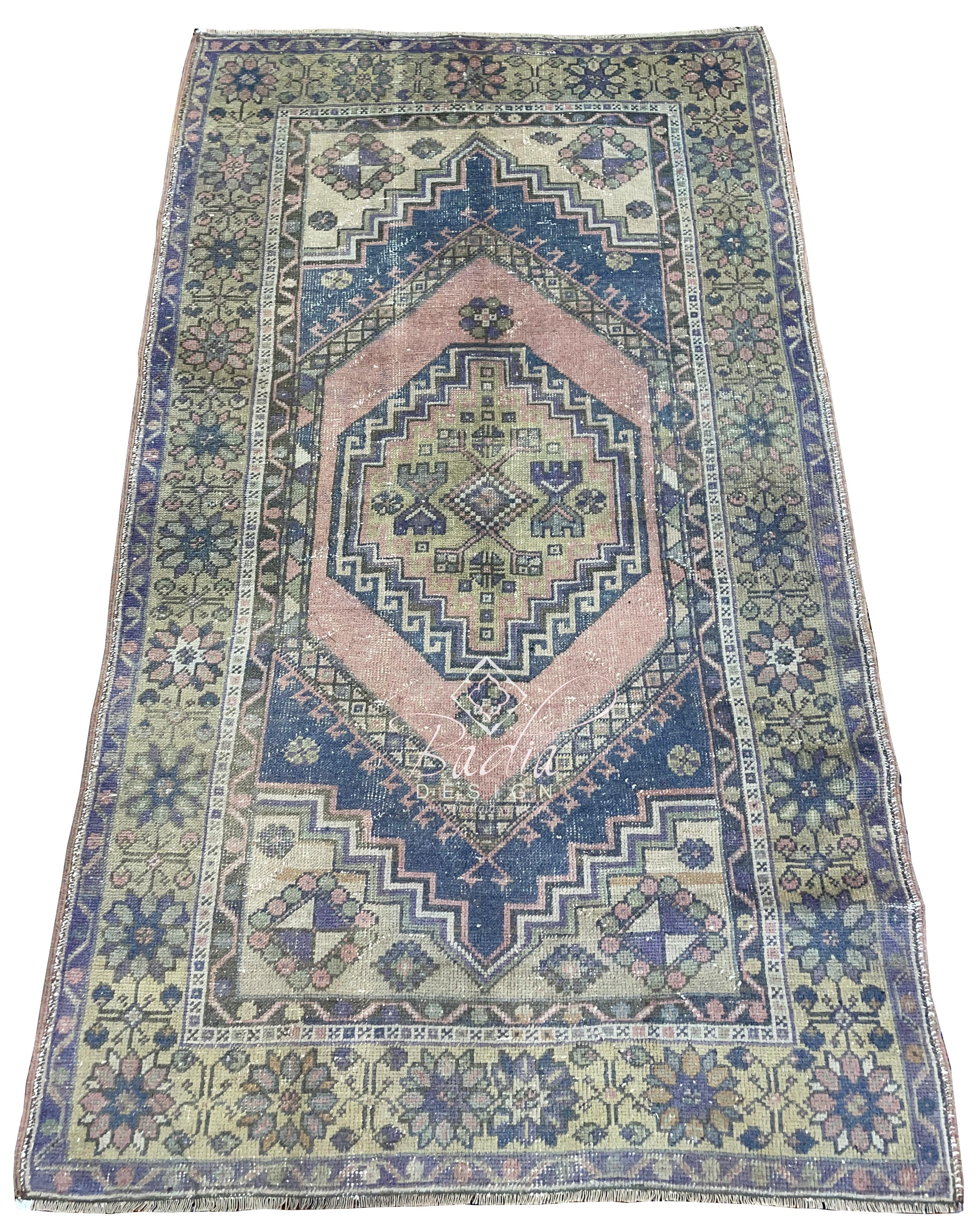Handmade Berber Rugs
Moroccan Berber Rugs: A Fusion of History, Artistry, and Timeless Elegance
Moroccan Berber Rugs have captivated residents and organizations worldwide with their storied past, meticulous artistry, and unmatched versatility. Whether you are furnishing a cozy living room, a chic office space, or a luxurious hotel, these rugs go beyond practicality to become cultural and artistic masterpieces. This guide delves into the rich origins of Moroccan Berber rugs, the detailed artistry involved in their production, their exceptional longevity, and practical tips for styling them in modern spaces.
These rugs originated with the ancient tribal artisans of North Africa, dating back thousands of years. The Berbers, with their rich cultural heritage, crafted unique weaving methods to meet the demands of their migratory way of life and diverse climates.
Each Berber rug tells a story, often woven into the fabric that reflect the heritage of its creators. These symbols frequently represent themes of safety, growth, or nature, making each rug a highly meaningful creation. Historically, these rugs were made for practical use, offering warmth in the cold Atlas Mountains or serving as bedding in arid environments.
In the mid-20th century, Moroccan Berber rugs gained global popularity when prominent designers like Le Corbusier and Frank Lloyd Wright featured them in their iconic designs. Now, these rugs are prized for their elegance and historical depth.
The production of Moroccan Berber rugs is an elaborate art form passed on through generations. It represents a perfect blend of cultural heritage and artistic skill.
Berber rugs are typically crafted from eco-friendly fibers such as pure wool, camel hair, or here even cotton. Wool is especially prized for its soft texture, durability, and ability to retain warmth. Artisans often hand-spin the wool, giving each rug a unique look and feel.
Berber rugs are handwoven on classic frames, a process that can take extensive time depending on the intricacy and dimensions of the design. The knotting style, from Beni Ourain’s casual elegance to Azilal’s tighter weaves, impacts both durability and design.
Artisans rely on natural dyes from plants and minerals to produce the vivid tones seen in Berber rugs. Neutral shades dominate Beni Ourain designs, while brighter Azilal and Boucherouite pieces feature striking colors like red, blue, and yellow.
One of the key features of Moroccan Berber rugs is their exceptional durability. As a result, they’re an excellent fit for homes and work environments.
Berber rugs owe their longevity to the excellent quality of their natural fibers. Wool’s natural flexibility and resistance to stains make it a ideal choice for lasting rugs.
Cleaning and maintaining a Moroccan Berber rug is relatively simple. Routine vacuuming and periodic professional care can preserve their beauty for decades.
Tips for Styling Moroccan Berber Rugs in Modern Homes
Adding Moroccan Berber rugs to modern spaces is simpler than it seems. Their versatile designs and textures can complement a wide range of styles, from minimalist to bohemian.
1. Anchor a Living Room
A large Beni Ourain rug can serve as the focal point of your living area. The rug’s muted tones and clean lines bring cohesion to the space and exude coziness.
2. Introduce Vibrancy to Minimalist Rooms
In minimalist or neutral spaces, a colorful Azilal or Boucherouite rug can add a bold, eye-catching accent. These rugs work particularly well in neutral-toned rooms, where they serve as a focal point.
3. Layer Rugs for Texture
For a cozy, eclectic vibe, layer a smaller Berber rug over a larger natural-fiber rug, such as jute or sisal. This combination not only adds depth and texture but also highlights the intricate details of the Berber design.
4. Enhance Workspace Aesthetics
Moroccan Berber rugs are perfect for adding elegance and warmth to professional spaces, including offices and lounges. The artisanal craftsmanship of these rugs radiates authenticity and refinement.
5. Use as Wall Art
Some Moroccan Berber rugs are so visually stunning that they deserve to be displayed as art. Displaying a Berber rug on a wall highlights its intricate design and cultural significance.
The Value of Moroccan Berber Rugs
For both homeowners and businesses, Moroccan Berber rugs represent a blend of practicality, aesthetics, and cultural significance. Their durability ensures a long lifespan, while their timeless designs can adapt to changing trends and tastes.
Sustainability in Moroccan Berber Rugs
Many Berber rugs are crafted using eco-friendly and sustainable practices. By investing in these rugs, you’re not only enhancing your space but also supporting traditional artisans and their communities.
Why Berber Rugs Gain Value Over Time
Vintage or unique Moroccan Berber rugs tend to grow in worth over the years. These rugs serve as both decorative items and investment-worthy collectibles.
